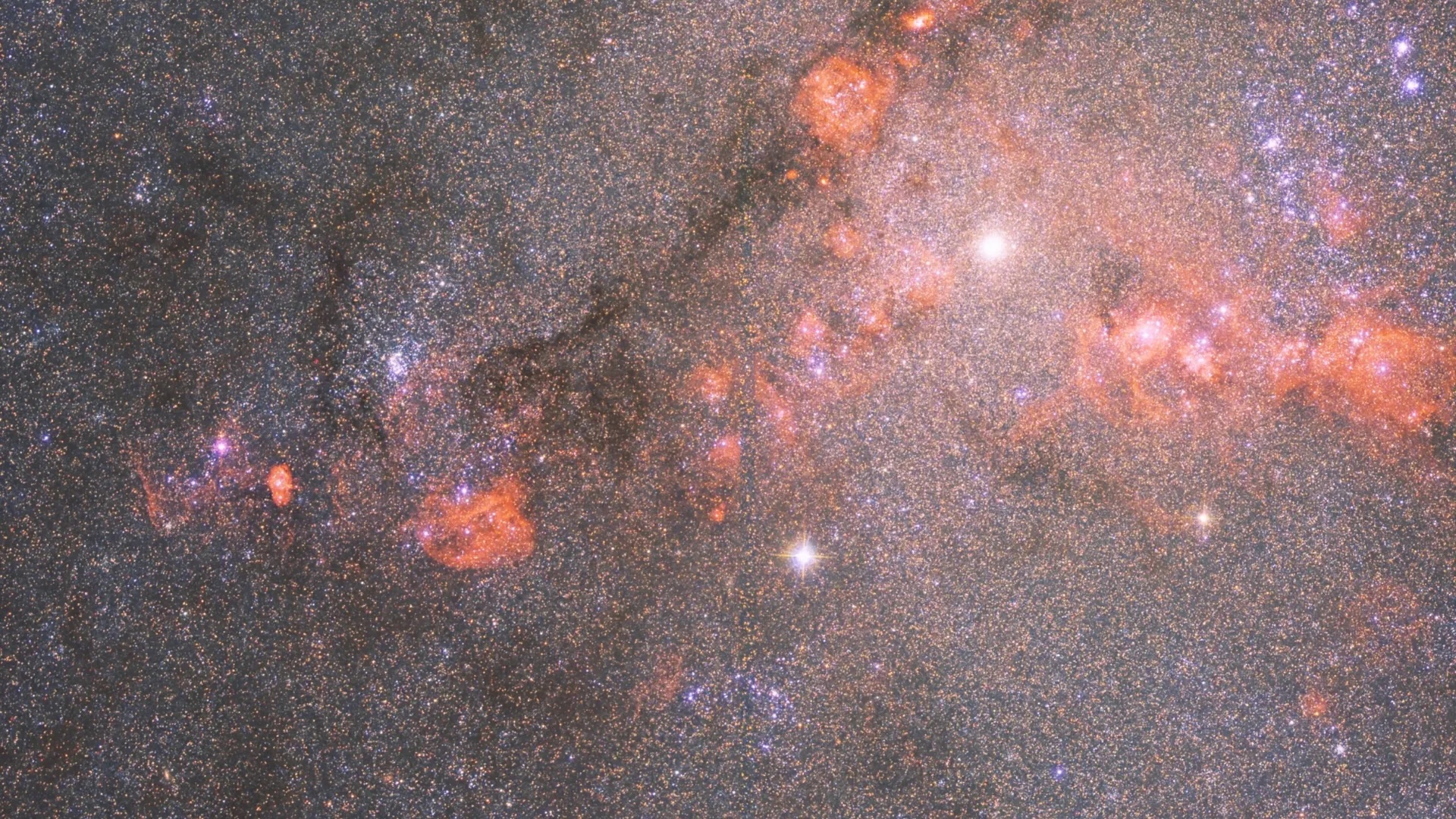Forests, Vol. 15, Pages 1313: Analysis of the Potential Distribution of Shoot Blight of Larch in China Based on the Optimized MaxEnt and Biomod2 Ensemble Models
Forests doi: 10.3390/f15081313
Authors: Xiuyun Zhang Wenhui Wu Yingmei Liang
Shoot blight of larch caused by Neofusicoccum laricinum (Sawada) Y. Hattori & C. Nakash poses a significant threat to the growth and development of larch plantations and is among the most devastating diseases of forest trees. Its consecutive occurrence can cause serious damage and even death of the host plant. Analyzing the geographical distribution patterns of shoot blight of larch in China based on the optimized maximum entropy (MaxEnt) and Biomod2 ensemble (EM) models and recognizing the environmental factors limiting the spread of this disease could provide a reasonable basis for its control. The potential geographical distribution areas of shoot blight of larch were predicted using occurrence data and environmental variables. The area under the receiver operating characteristic (ROC) curve (AUC) was employed to compare the predictive performance of the optimized MaxEnt and Biomod2 ensemble models. Our results showed that both models had a prominent performance in predicting the potential distribution of shoot blight of larch, with the latter performing slightly better based on the AUC than the former. The potentially suitable areas for shoot blight of larch, as predicted by both the MaxEnt and Biomod2 ensemble models, were similarly distributed, mainly in Northern China, including Heilongjiang, Jilin, Liaoning, and Northeastern Inner Mongolia. The environmental variables significantly limiting the distribution of shoot blight of larch identified using the jackknife method and Pearson’s correlation analysis included the annual mean temperature, annual precipitation, precipitation of the wettest quarter, mean temperature of the warmest quarter, and elevation. This research offers a theoretical basis for rationally delineating potential sites invaded by shoot blight of larch, strengthening the detection and quarantine in critical areas, formulating timely effective control measures, and establishing conservation measures for larch resources.

 1 month ago
33
1 month ago
33

